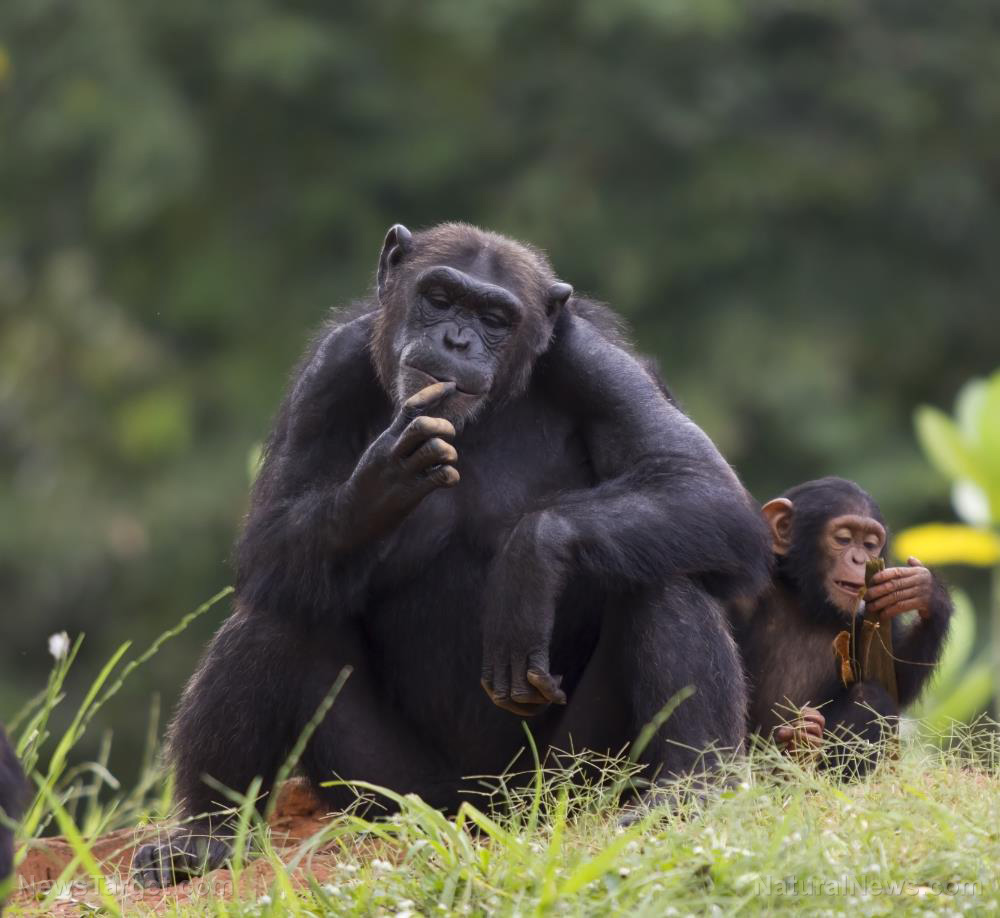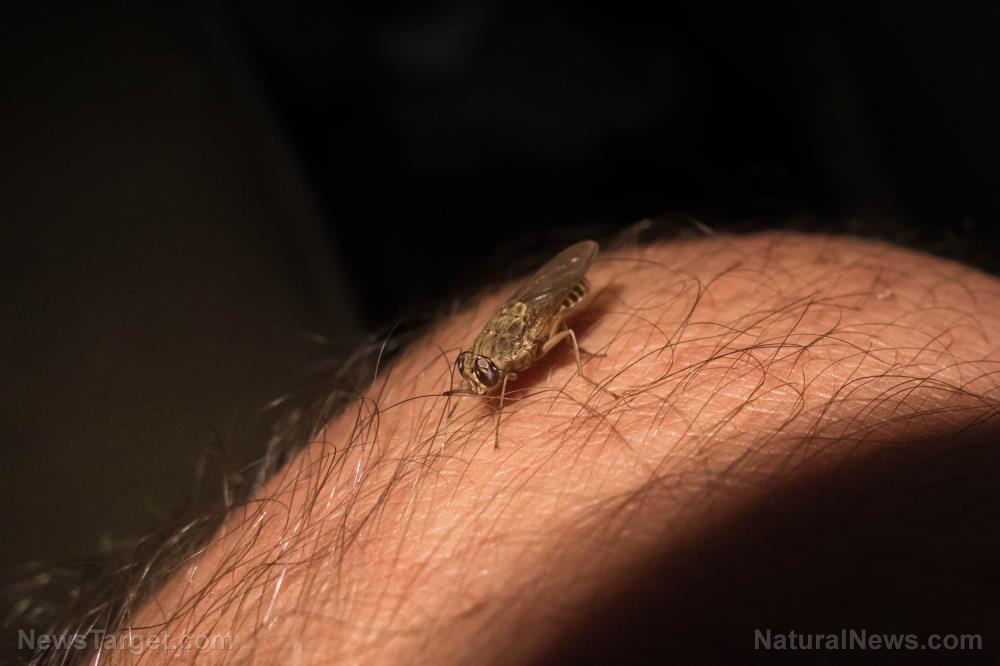Bee smarts: Scientists discover the insects can do basic math
07/01/2019 / By Evangelyn Rodriguez

Animals are able to understand and use numbers on a rudimentary level. They apply this understanding to important tasks, such as foraging and managing resources, which ensure their survival. So far, only humans and a few animal species have demonstrated the ability to do complex arithmetic operations. But a new study conducted by researchers from France and Australia show that honeybees can also do math. In their paper published in the journal Science Advances, they reported that honeybees can learn to use colors as symbolic representations for addition and subtraction.
Bees can be trained to understand numbers and numerical concepts
According to Adrian Dyer, one of the authors and a professor at RMIT University in Australia, two levels of processing are required to perform numerical operations like addition and subtraction. A person normally makes use of long-term memory to apply the rules for adding and subtracting while mentally manipulating numbers in his or her short-term memory. The brains of most animals are not equipped for these functions, hence they are considered complex operations.
While most people won’t think of bees as capable of these, studies show that they have the ability to learn complex rules and concepts. In fact, despite their small brain, bees in nature regularly process information that helps them solve problems involving the addition or subtraction of one element from a group of elements. Over the years, researchers have learned that bees can be trained to perform difficult tasks like counting and discriminating numbers using a reward-punishment approach. Numerical cognition is said to require a more sophisticated level of processing.
In their previous study, Dyer and his team discovered that bees can be taught numerical rules like “greater than” and “less than” and the concept of “zero.” As a continuation of this, they designed another experiment that involved introducing two colors, blue and yellow, as representations of addition and subtraction, respectively. The researchers trained individual bees to visit a Y-shaped maze and rewarded them with sugar water for every correct answer. Meanwhile, they punished the bees with a bitter-tasting solution for every incorrect choice. This reward system ensured that the bees would return to the maze as it is in their nature to revisit locations that provide them with food.
The researchers set up the entrance to the maze so that before entering, the bees would encounter a sample stimulus containing a set of elements in isolation. The sample stimulus contained either one, two, or four elements if blue, and two, four, or five elements if yellow. The bees would then fly through an opening into a decision chamber where they could choose between two options. If the sample stimulus contained blue elements (addition), the bees were expected to choose the option that has one greater element than the sample. If the elements were yellow (subtraction), the bees were required to choose the option with one less element. The researchers randomly changed the colors of the elements every trial for each bee. It took the bees over 100 trials before they were able to figure out how to solve the problems.
Bees can discern between colors and perform addition and subtraction
The researchers reported that the “bees were able to use color as a symbolic representation of the addition and subtraction signs and learned, during 100 appetitive-aversive trials, to thus add or subtract one element from different samples.” Afterward, the bees “could successfully interpolate the learned operations of addition and subtraction to an unfamiliar sample number and shape during tests.” These results meant that bees have the ability to apply what they have learned to work out other problems.
“Our bees also used their short-term memories to solve arithmetic problems, as they learned to recognise plus or minus as abstract concepts rather than being given visual aids,” Dyer said. He believes that their findings hint at the possibility of advanced numerical cognition being more abundant in nature among non-human animals than previously thought.
Scarlett Howard, the first author of the study, agrees. She, along with her colleagues, also believe that language and prior understanding of numbers or advanced numerical concepts are not prerequisites for learning how to do addition and subtraction.
“Our findings show that the complex understanding of math symbols as a language is something that many brains can probably achieve, and helps explain how many human cultures independently developed numeracy skills,” she said.
Sources include:
Tagged Under: abstract concepts, addition, animal brain, animal learning, animals, bees, brain function, breakthrough, complex arithmetic operations, cool science, discoveries, honeybees, insect brain, insect learning, insects, long-term memory, math skills, numeracy skills, numerical cognition, research, short-term memory, subtraction
RECENT NEWS & ARTICLES
COPYRIGHT © 2017 WEIRDSCIENCENEWS.COM
All content posted on this site is protected under Free Speech. WeirdScienceNews.com is not responsible for content written by contributing authors. The information on this site is provided for educational and entertainment purposes only. It is not intended as a substitute for professional advice of any kind. WeirdScienceNews.com assumes no responsibility for the use or misuse of this material. All trademarks, registered trademarks and service marks mentioned on this site are the property of their respective owners.



















